14 Skill-Building Summer Activities To Do with Young Children
June 16, 2020
As the COVID-19 pandemic continues to alter daily life, many families will find themselves staying closer to home than they normally would during the active summer months. Fortunately, there’s lots of summer joy to be had right in your own backyard—or on your balcony, in your living room, and around the neighborhood.
Here are 14 ideas for having fun with young kids this summer while nurturing important language, STEM, social, and motor skills. Adapted from and inspired by some great early childhood books from Brookes (see the end of this post for links), these activities will help keep families busy during the hot summer months and help children expand the skills they’ll need to succeed in school. (If you’re an early childhood educator or provider, this would be a great post to email the families you work with!)
Have winter in July.
When the summer heat makes you miss the joys of a snowy January, conjure up some winter fun inside. Wrap some cardboard bricks in white paper and build a snow fort together. Challenge kids to make creative pretend snowballs out of materials you have on hand (crushed paper, foam, coffee filters) and then have a family snowball fight. Set a large piece of plastic on the floor (or use a slippery kitchen floor), put on some music, and have a skating party in your winter socks. Go “ice fishing” with a magnetized fishing pole and fish, and make some hot chocolate when you’ve caught them all. During each activity, look for opportunities to promote children’s language skills by asking questions, commenting on the activity, and modeling new vocabulary words.
Make an outdoor path game.
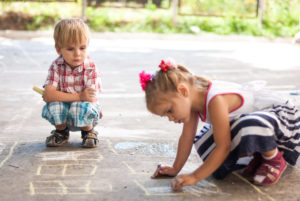 Path games are even more fun when kids can play them outside, using themselves as the life-sized game pieces. Come up with a name and theme for your game, and work together to draw a chalk path on a stretch of blacktop or on the sidewalk. Include as many spaces as you can. When you’re done, roll a large die (a fuzzy dashboard die works well) to determine how many spaces kids can hop along the path. Not only is this activity a good way to encourage exercise in the sunshine, it also helps young children construct the idea of a number line.
Path games are even more fun when kids can play them outside, using themselves as the life-sized game pieces. Come up with a name and theme for your game, and work together to draw a chalk path on a stretch of blacktop or on the sidewalk. Include as many spaces as you can. When you’re done, roll a large die (a fuzzy dashboard die works well) to determine how many spaces kids can hop along the path. Not only is this activity a good way to encourage exercise in the sunshine, it also helps young children construct the idea of a number line.
Bring the beach to your backyard or balcony.
Whether due to health concerns or other barriers, sometimes a beach vacation is out of reach. But with a little creativity, you can bring a slice of the seashore to your backyard or balcony. Fill a small plastic pool with sand and bury some seashells in the sand so that children can dig for them. Put on your sunglasses and lay out on beach towels together (don’t forget the sunscreen!). Cut out surfboards from big pieces of cardboard and paint and decorate them. Set up a boardwalk area with games and concession stands made from large cardboard boxes, and take turns running the stands and being the customers. Talk to the child about what you’re doing, and what activities you’d like to do together the next time you’re at the beach for real.
Practice patterns with undersea shapes.
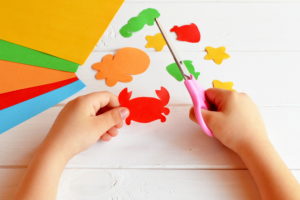 Fishing is a classic summer activity, and young fishing fans may enjoy this neat patterning activity. First, hang some S-hooks on a bar or pegboard divider. Help your child cut out and decorate fish and starfish shapes from colored fun foam or sturdy paper, with a hole punched near the top or each one. Talk about the mathematical concept of patterns, and model how to hang the fish and starfish from the hooks to create simple patterns: fish, fish, starfish; starfish, fish, starfish. Kids can make patterns based on colors or by animal type. Start a pattern and see if they can complete it, and then ask them to make a pattern for you to finish.
Fishing is a classic summer activity, and young fishing fans may enjoy this neat patterning activity. First, hang some S-hooks on a bar or pegboard divider. Help your child cut out and decorate fish and starfish shapes from colored fun foam or sturdy paper, with a hole punched near the top or each one. Talk about the mathematical concept of patterns, and model how to hang the fish and starfish from the hooks to create simple patterns: fish, fish, starfish; starfish, fish, starfish. Kids can make patterns based on colors or by animal type. Start a pattern and see if they can complete it, and then ask them to make a pattern for you to finish.
Tell a story through photos.
Before an outing, an activity with many steps, or a walk around your neighborhood, have your child take digital photos of the event as it happens. Then have the child select pictures that tell a sequential story of your activity. Talk about what happened at the beginning, middle, and end. Help your child arrange a display of the photos, either on your computer or on paper with printed-out photos. Give language skills a lift by encouraging your child to show the display and tell the story to family and friends during your next visit or video chat.
Go on a geometry picnic.
 Next time you go on a backyard or park picnic, give it a STEM infusion. Pack foods that take the form of standard geometric solids: big marshmallows (cylinders), grapes (elliptical solids), cheese sticks (rectangular solids), melon balls (spheres), cheese cubes (cubes). Name and talk about each of these and encourage kids to use plastic knives to slice into the foods and see what shapes are made when they’re cut in different ways. For example, if a cheese cube is sliced straight down, the cut edge is a square, but if it’s cut diagonally, the cut edge is a rectangle. If a grape is cut in half across the short direction, the cut edge is a circle, but if it’s cut across the long direction, the cut edge is elliptical. Kids will enjoy experimenting with shapes (and eating them up once they’re done)!
Next time you go on a backyard or park picnic, give it a STEM infusion. Pack foods that take the form of standard geometric solids: big marshmallows (cylinders), grapes (elliptical solids), cheese sticks (rectangular solids), melon balls (spheres), cheese cubes (cubes). Name and talk about each of these and encourage kids to use plastic knives to slice into the foods and see what shapes are made when they’re cut in different ways. For example, if a cheese cube is sliced straight down, the cut edge is a square, but if it’s cut diagonally, the cut edge is a rectangle. If a grape is cut in half across the short direction, the cut edge is a circle, but if it’s cut across the long direction, the cut edge is elliptical. Kids will enjoy experimenting with shapes (and eating them up once they’re done)!
Brighten the day with rainbows.
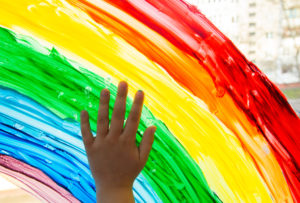 Colorful rainbows capture kids’ imagination, and there are lots of different ways to play with them inside and outside. Here are a few suggestions:
Colorful rainbows capture kids’ imagination, and there are lots of different ways to play with them inside and outside. Here are a few suggestions:
- Read a children’s book together about the science of rainbows (this list of rainbow books includes a few good recommendations).
- Make rainbows outside with prisms or a spray of water from the hose.
- Learn a rainbow-themed song together, like “I Can Sing a Rainbow,” “Des Colores,” or “Somewhere Over the Rainbow.”
- Create a rainbow paint set by putting a dollop of white glue into each cell of an egg carton, adding a drop of one or more colors of food coloring to each, and mixing with cotton swab “paint brushes.” Experiment with mixing the different colors of the paint rainbow.
- For kids who don’t mind getting their hands messy, put several dollops of shaving cream or whipped cream on a table or mat and tint each with a different food coloring.
- Place a drop or two of food coloring in each section of a filled ice cube tray before freezing them. Kids will love having rainbow ice cubes to put in their drinks!
Make paper-plate sand pictures.
For some good fine-motor practice, have your child glue some sand to the bottom of a paper plate (or paint it to look like sand). Then ask them to decorate the plate with different items that might be found underwater, such as fish, sharks, and seaweed. (You can use small plastic animals, cut the photos out of nature magazines, or draw your own.) Wrap the whole plate in a film of blue plastic wrap to represent the water (this gives a cool aquarium effect).
Sharpen STEM skills with bubbles.
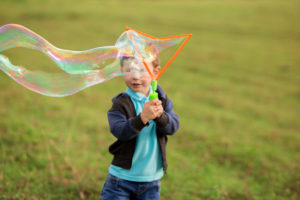 Here’s a cool indoor/outdoor STEM activity: Make some geometric bubble wands with pipe cleaners and straws (you can find a good tutorial here). These wands are an excellent tool for early geometric exploration. Their frames form the outlines of geometric solids like cubes and pyramids, which are revealed when children dip them into the bubble solution. The bubble film will sometimes create a secondary shape in the middle of the wand, too—for example, children might spot a clearly visible square in the center of their cube. Creating the wands together will help kids practice their motor skills, and the outdoor bubble activity gives you a great opportunity to introduce different geometric shapes.
Here’s a cool indoor/outdoor STEM activity: Make some geometric bubble wands with pipe cleaners and straws (you can find a good tutorial here). These wands are an excellent tool for early geometric exploration. Their frames form the outlines of geometric solids like cubes and pyramids, which are revealed when children dip them into the bubble solution. The bubble film will sometimes create a secondary shape in the middle of the wand, too—for example, children might spot a clearly visible square in the center of their cube. Creating the wands together will help kids practice their motor skills, and the outdoor bubble activity gives you a great opportunity to introduce different geometric shapes.
Explore the nooks and crannies of your neighborhood.
On your next walk around the neighborhood, peek into little places you might not ordinarily think to explore. Study sidewalk cracks, turn over a rock, peer into a storm drain, notice the detail on manhole covers. Trace the roots of trees and bushes. Pull up a weed and investigate its roots. When you’re home again, encourage the child to represent these new discoveries by telling stories or drawing pictures about it.
Collect and study rocks.
 Have your child collect a variety of interesting rocks from your backyard, a nearby park or creek, or around your neighborhood. Set up a simple scientific exploration center with supplies like a magnifying glass, egg cartons and other containers of various sizes, and clear bowls of water. Show kids how to examine the details and texture of each rock with the magnifying glass, see what happens to the water level in a container when rocks of different sizes are dropped in, and sort the rocks by features like color, size, and texture. Your child might like to keep and display the rock collection in a decorated egg carton once the scientific exploration is done.
Have your child collect a variety of interesting rocks from your backyard, a nearby park or creek, or around your neighborhood. Set up a simple scientific exploration center with supplies like a magnifying glass, egg cartons and other containers of various sizes, and clear bowls of water. Show kids how to examine the details and texture of each rock with the magnifying glass, see what happens to the water level in a container when rocks of different sizes are dropped in, and sort the rocks by features like color, size, and texture. Your child might like to keep and display the rock collection in a decorated egg carton once the scientific exploration is done.
Set up an outdoor show.
If you have a TV screen, laptop, or tablet you can bring outside, have an outdoor movie night—or, if you have enthusiastic performers in the family, set up a puppet theater outside or make one together from a sturdy box or cart. Ask the kids to set up a ticket booth and a concession stand—before showtime, they can practice their math skills as they sell tickets and snacks and manage pretend money.
Test a boat’s buoyancy.
Buoyancy is an interesting STEM concept for kids to explore, especially in the summer months. Start by reading a children’s book together on the concept of sinking and floating (find some recommendations here). Then fill a small pool or tub with water and bring along two plastic boats or other containers of different sizes. Have children add marbles to the boats and predict how many marbles it will take for each of their boats to lose buoyancy and eventually sink.
Take an architecture tour.
 Take your child to a neighborhood or part of town where there are lots of different types of buildings and interesting architectural features. Point out that there are many different shapes in the buildings and see if your child can find squares, circles, rectangles, and triangles. Expand vocabulary by teaching your child the names of specific architectural details, such as chimneys, steeples, arches, columns, and gables. After you get home, extend the activity and boost motor skills by having your child construct a model of a building (or a whole neighborhood!) with blocks and other materials.
Take your child to a neighborhood or part of town where there are lots of different types of buildings and interesting architectural features. Point out that there are many different shapes in the buildings and see if your child can find squares, circles, rectangles, and triangles. Expand vocabulary by teaching your child the names of specific architectural details, such as chimneys, steeples, arches, columns, and gables. After you get home, extend the activity and boost motor skills by having your child construct a model of a building (or a whole neighborhood!) with blocks and other materials.
We hope this post gave you a couple new ideas to test-drive with kids at home this summer. If you try an activity your kids especially enjoy, let us know in the comments—we’d love to hear from you! (And for more at-home activity ideas, see this collection of ideas we put together for parents in March, and this post on encouraging early literacy skills.)
EXPLORE THE BOOKS
The activities in this post were adapted from and inspired by the following books:
Tips 1, 3, 8, and 12 adapted from Early Literacy in Action by Betty H. Bunce
Tips 2, 4, 6, 9, and 13 adapted from Teaching Mathematics in Early Childhood by Sally Moomaw
Tips 5, 7, and 10 adapted from Talk to Me, Baby! by Betty Bardige
Tip 11 adapted from Preschool Education in Today’s World by M. Susan Burns, Richard T. Johnson, & Mona M Assaf
Tip 14 adapted from Blocks and Beyond by Mary Jo Pollman

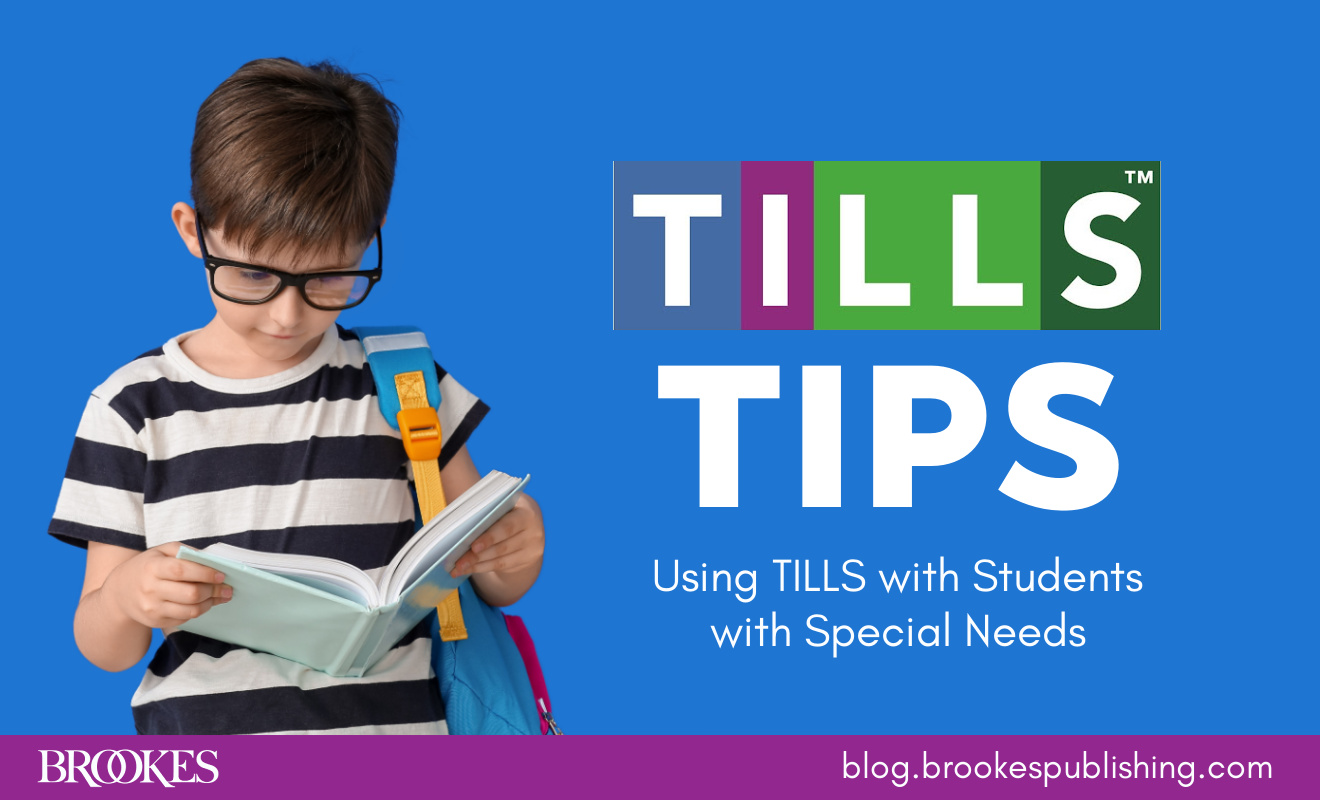
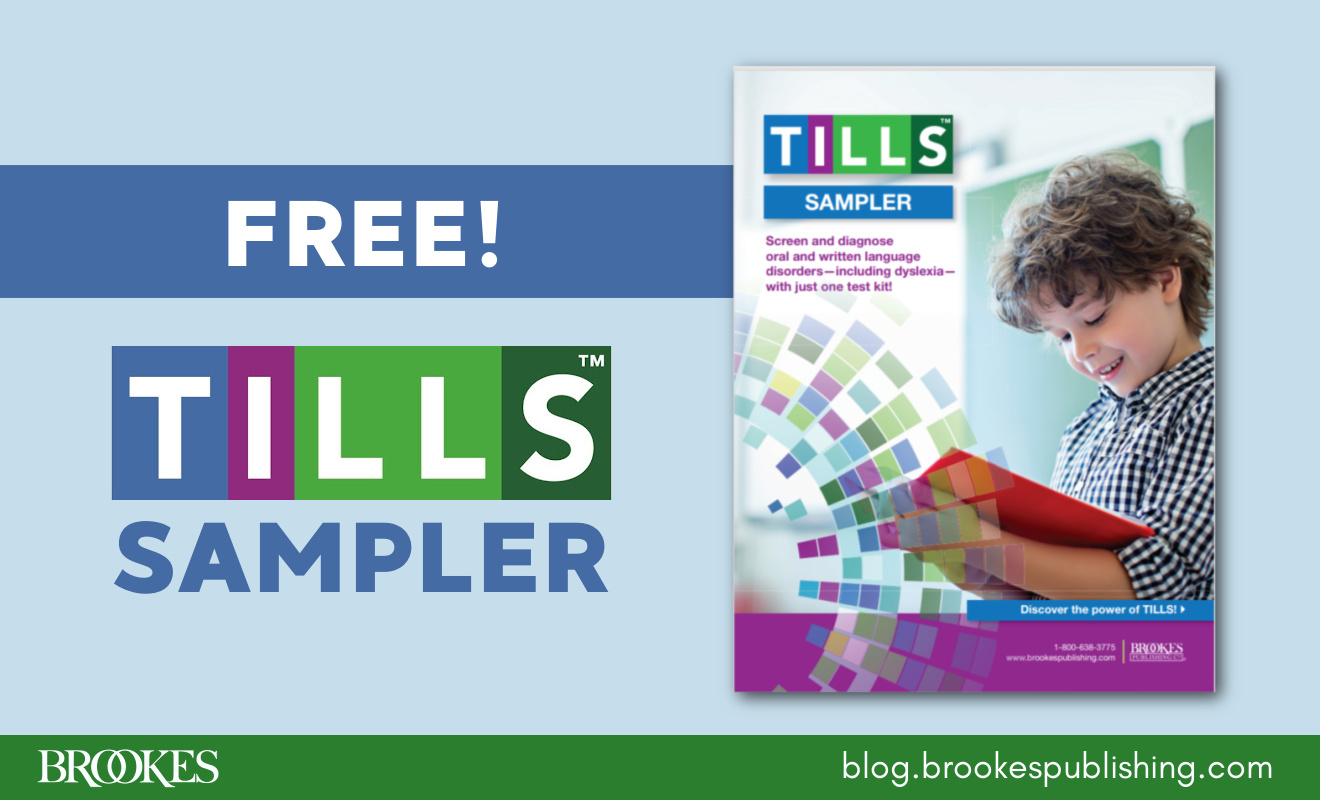

Write a Comment
Your email address will not be published. Required fields are marked *
comments
mirna corona says
Great IDEAS
Jenjo Games says
These are some really nice suggestions and interesting activities for kids. I really enjoy reading your blog. How do you come up with these ideas? Thanks for sharing!
Post a Comment